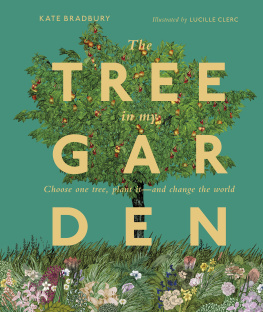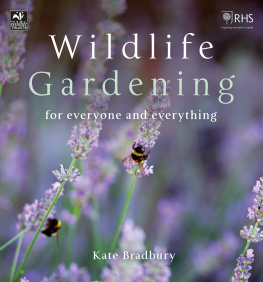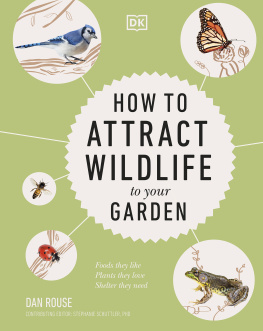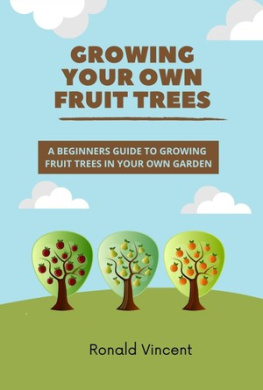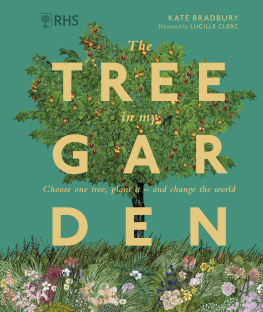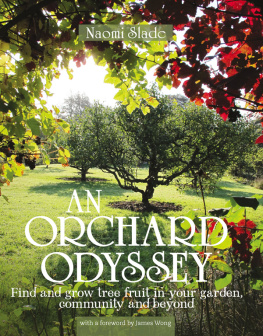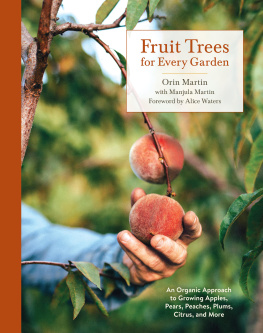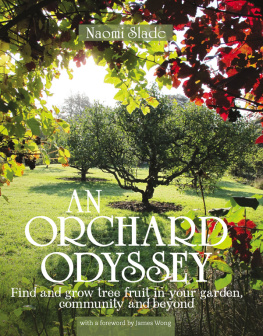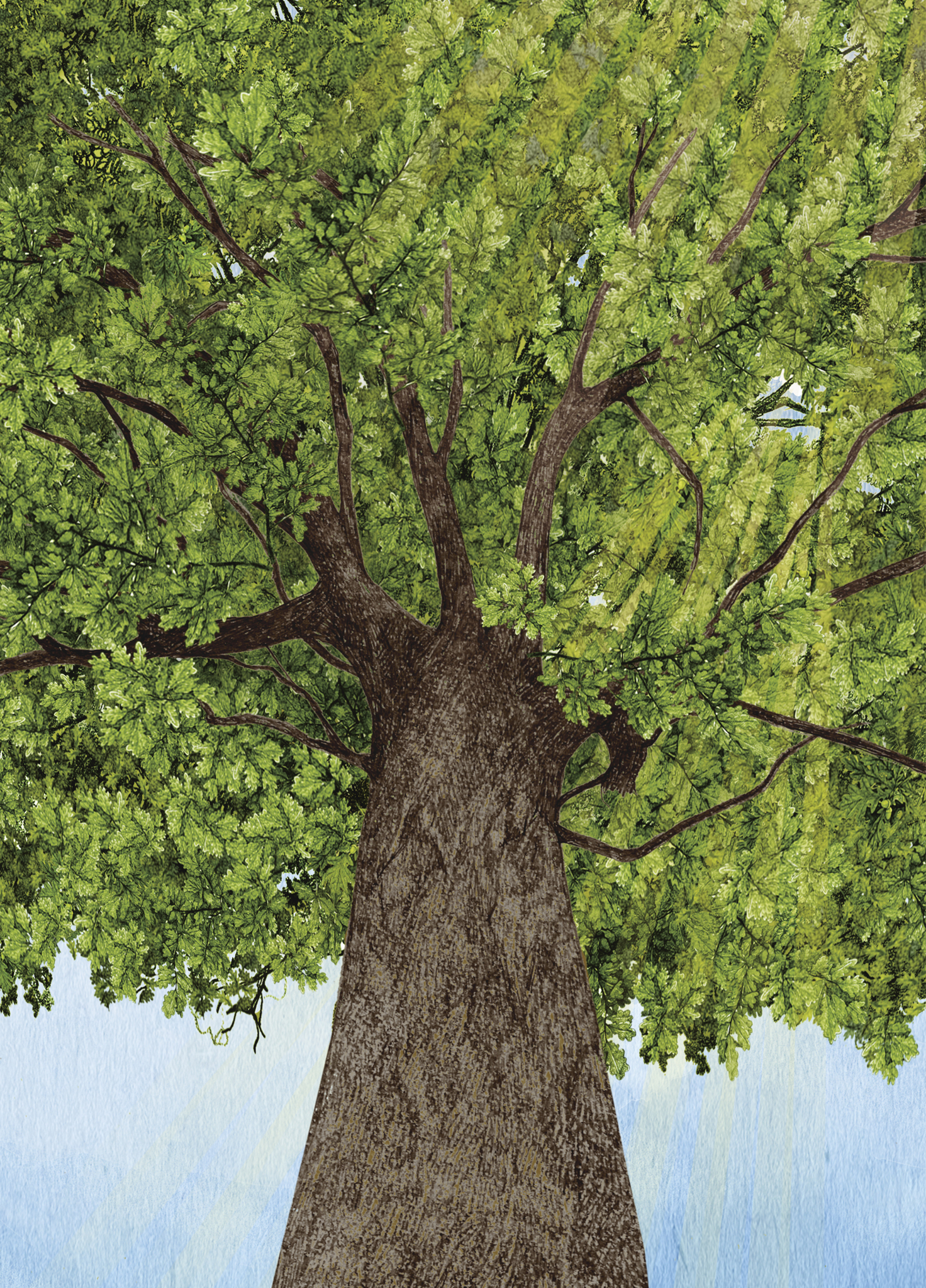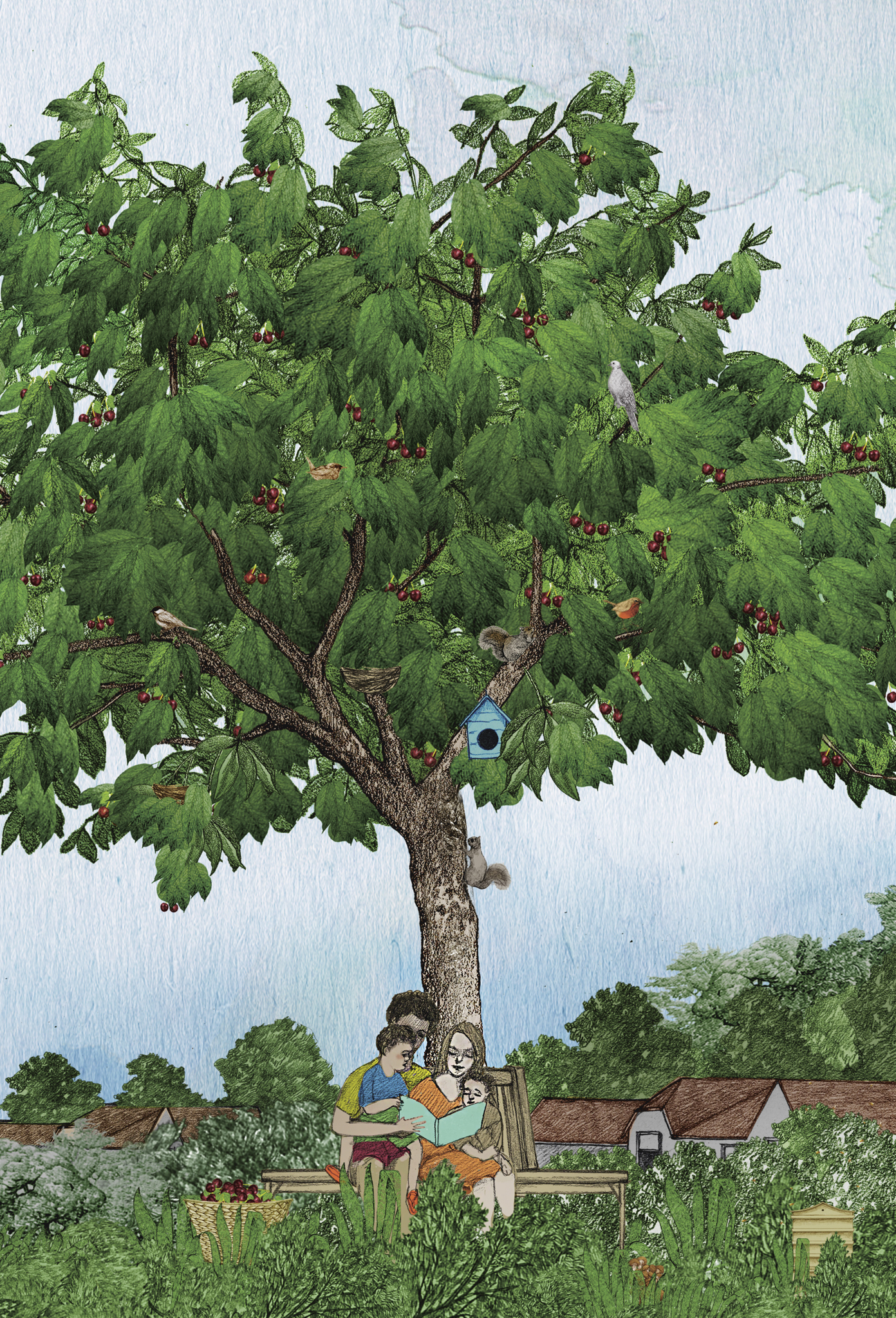CONTENTS
g
How to use this eBook
Preferred application settings
For the best reading experience, the following application settings are recommended:
- Orientation: Portrait
- Color theme: White background
- Scrolling view: [OFF]
- Text alignment: Auto-justification [OFF](if the eBook reader has this feature)
- Auto-hyphenation: [OFF](if the eBook reader has this feature)
- Font style: Publisher default setting [ON](if the eBook reader has this feature)
- Double-tap images in the book to open images to full screen and to be able to zoom-in and see details clearly.
g
Why trees? Why now?
Our world is on fire. Literally, in parts of California, Europe, and Australia, wildfires are tearing through forests and communities, killing people and wildlife. Metaphorically, too, parts of the world burn so hot, we will soon be unable to live in them. But rather than feeling hopeless, lets join together to plant trees. Starting in our gardens.
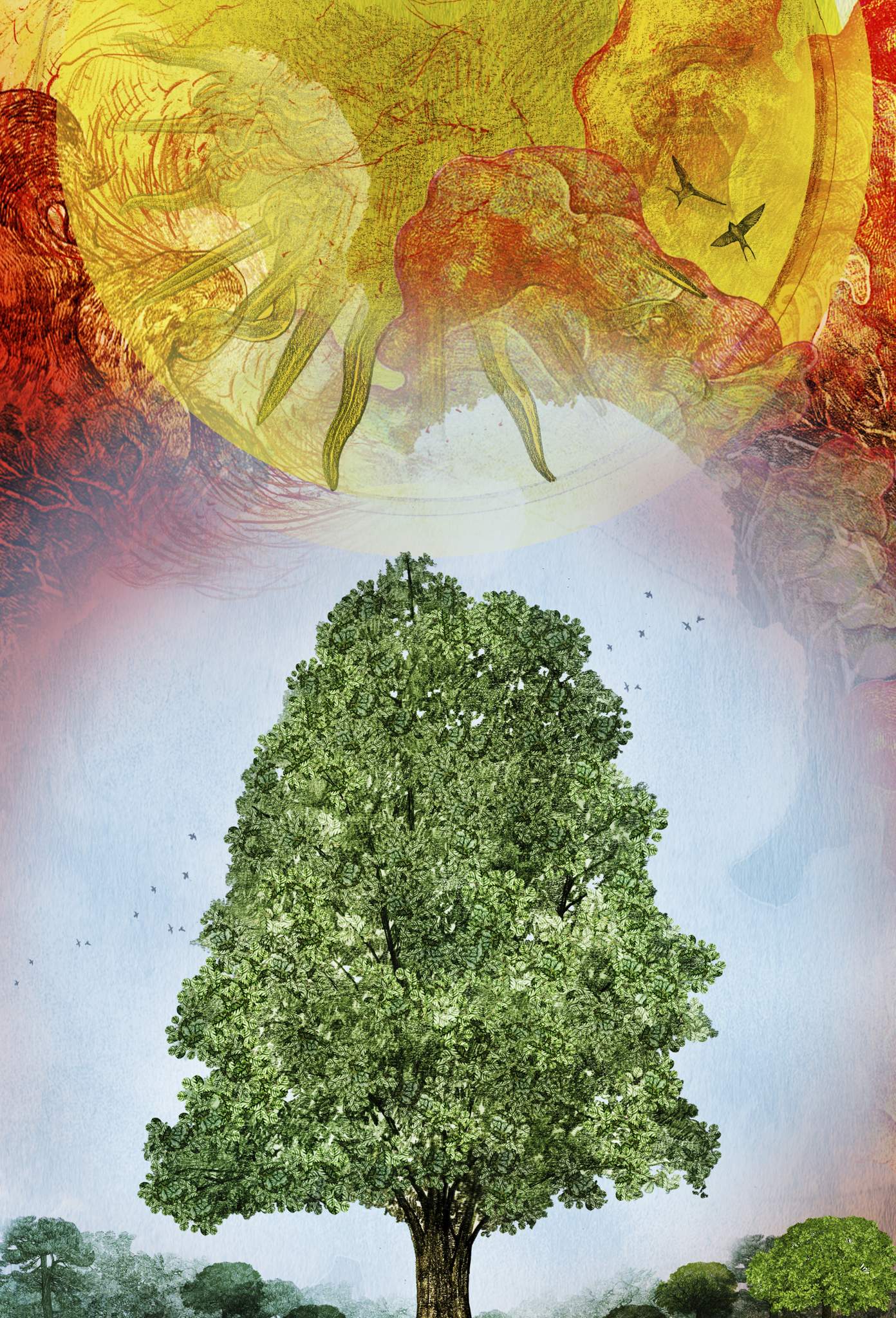
C limate change and its associated effects of biodiversity loss and extreme weather events make for grim reading. The sixth assessment report from the Intergovernmental Panel on Climate Change, written in 2022, warns that time is running out to act to avoid catastrophe. Temperatures are rising, rivers are flooding or drying up, and species are dying out. In 2021, more than 400 weather stations broke their heat records, with the highest temperatures in Canada increasing by a whopping 4.6 percent to 121.3F (49.6C) and the Pakistan city of Jacobabad logging temperatures of 126F (52C). There, the heat and extreme humidity have been deemed too much for the human body to bear.
Were staring down the barrel of mechanical pollination because there are no longer insects to do the job for us; of cloud seeding technologies to make it rain because rain doesnt fall where we need it to; and of not being able to live in vast swathes of Earth due to extremes of heat, humidity, flooding, and wind.
How did we get here?
Well, it all started with deforestation. In the last 6,000 years, we have lost half of the forests in Europe, as space has been taken for agriculture and growing human populations. Deforestation continues today, mostly in tropical regions such as Brazil, where global demand for cheap beef drives competition for land. And now, for the first time, the Amazon rainforest is thought to emit more carbon dioxide than it can absorb due to deforestation and changing weather patterns. Around the world, we destroy around 25 million acres (10 million hectares) of forest every year, which adds up to an area about the size of Portugal each decade.
Its not just deforestation that causes climate change. Use of fossil fuels, from cars and planes to space rockets; the intensification of agriculture, particularly the global meat and fish industries; and the consumption of peat, along with the mismanagement of peat bogs and moorland, all play their part.
And yet there is hope.
What can we do next?
Some 50 percent of deforestation in the world is offset by regrowing or new forests, which should only increase as global awareness of climate change and deforestation expands. More of us are buying less and recycling more, taking fewer flights and eating less meat. Butand Im not going to beat around the bush here (pardon the pun)were in a difficult situation. We can get out of it, at least in part and depending on how quickly we act, with the help of the things we chopped down in the first place: trees! You could plant one in your garden today.
Trees are only part of the solution to tackling climate change and loss of biodiversity. We need to change the way we treat the worlds oceans, our remaining peat bogs, grasslands, and ponds. Carbon is stored in a wide range of habitats, including our gardens, and we need to protect them all. We can (and should) join environmental organizations and wildlife charities, sign petitions, and make better choices when food shopping and at polling stations.
But theres something about tree planting that gives us ownership of the issuethat rewards us for and reminds us of what weve done. We plant a tree, water it, and watch it grow. We marvel at birds landing on its branches and at insects eating its leaves and pollinating its flowers. We might eat its fruit and share it with the wildlife and fall in love with its glorious fall coloring. We might sit beneath it and listen to the rustle of its leaves or put our ear to its trunk to hear the gurgle of rising sap in spring.
Trees are great. They root us to the land and connect us to the seasons. People tell me its not spring until my hawthorn flowers and not summer until Ive eaten my first cherry. At Christmas, we bring trees into our homes and make wreaths with berry-laden branches. For me, the turning of the seasons is marked by the achingly long days of waiting for the first leaves to unfurl on my garden trees after winter. (I have three: a .)
In planting and observing trees, we notice more and are more mindful as a result. Our blood pressure lowers and our mental health improves. On top of that, trees breathe in carbon dioxide and breathe out oxygen; help support insect, mammal, and bird populations; prevent flooding; stabilize temperatures; and filter wind. Trees are amazing, arent they? To think we ever chopped them down. To think were still chopping them down!
Trees are amazing. To think we ever chopped them down. To think were still chopping them down!
Plant a tree
As the old Chinese proverb goes, The best time to plant a tree was 20 years ago. The second best time is now. By planting a tree, you will directly help reduce some of the effects of climate change. Each drop of water absorbed by the trees roots is a drop that wont join others to form a puddle or a flood. Each ounce of carbon dioxide taken in by its leaves will reduce the amount floating in the atmosphere. Each bee that visits its flowers will not go hungry, and each egg laid on its leaves will provide food for species further up the food chain.
To plant a tree is to give life to wildlife, to you, and to your children and grandchildren. Planting trees is an act of power and rebelliona middle finger to a world of greed and corruption. As you lower your trees roots into the ground and cover them with soil, you become part of a global reforestation movement. Isnt that something?
g
Why gardens?
Its estimated that there are around 123 million households in the US, and just over 31 million of us have a garden. If every one of us planted a tree in our gardens tomorrow, that would be 31 million more trees in the US, each one absorbing carbon dioxide while providing food and homes for wildlife, not to mention giving us something nice to look at. 31 million trees. Tomorrow.

